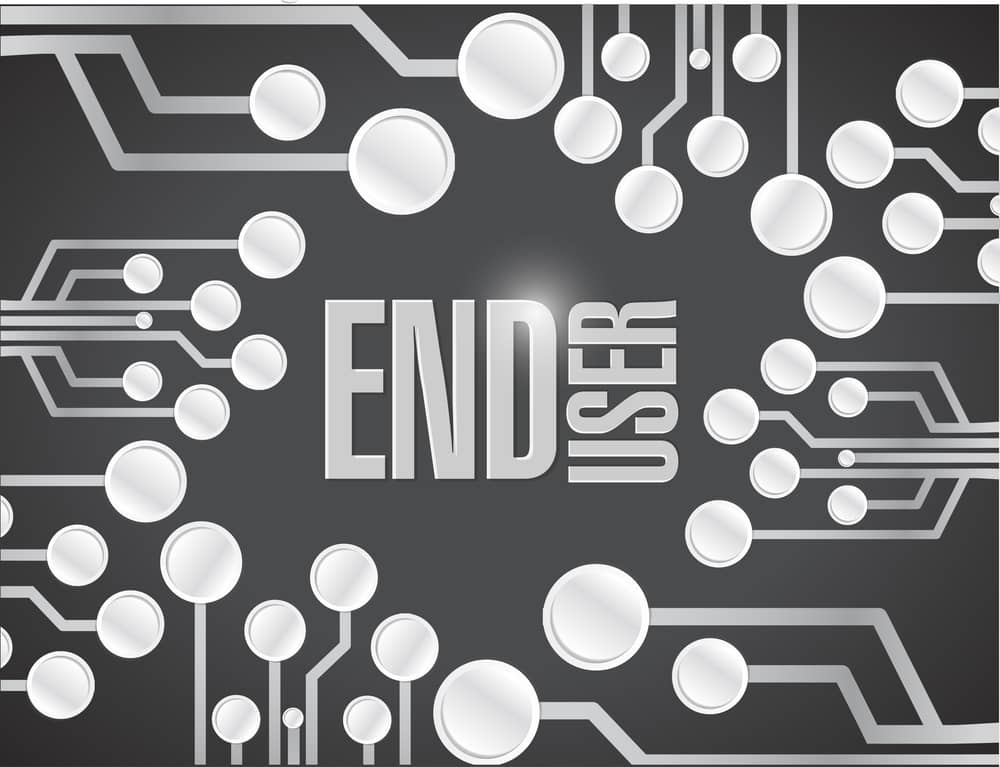Trends Shaping End User Computing in 2023

The number of devices companies are utilizing continues to expand. Factors like remote work, Internet of Things (IoT), and cloud computing all mean that endpoints are increasingly the focus of security and networking teams. End user computing offers new opportunities for flexible work environments and real-time data access, but it is demanding some new solutions for handling the complexity of it.
How do you equip employees with their preferred endpoint device while retaining control over inventory management and security of an expanding fleet of these devices? There are some trends emerging in end user computing that may provide some relief for stretched networking and security teams. Here are two that hold some potential for use in the near future:
PCaaS: While there are Desktop as a Service (DaaS) and desktop virtualization options, some organizations find that they don’t quite fit their needs. For instance, endpoint security can be challenging for organizations that are allowing employees to choose their personal device for DaaS solutions. When it comes to virtualization, companies using a thin client option may find that it’s not as robust as what they might like to offer their employees.
PCaaS (PC as a Service) is different than what is called Device as a Service, which is another endpoint offering. PCaaS is an all-in-one offering for a PC, complete with hardware and support for a monthly fee. This allows companies struggling with end user computing to shift their costs to an operating expense, rather than the typical capital investment for a brand-new PC, with support and updates included. Allowing a managed services partner to handle endpoint maintenance and security would lighten the load for IT teams stretched thin.
Device Consolidation: One idea that was introduced over a decade ago is the concept of a docked cell phone that acted as a laptop in a station. At the time that it was suggested, the smartphone wasn’t powerful enough to handle this task and mobile device management hadn’t been fully developed. Today, it is becoming a viable option for offering significant reduction to the security plan for modern companies.
Managing end user computing through a single endpoint, rather than managing a laptop, tablet, and phone, at minimum, for each employee could be a major development in endpoint security and network management.
The idea of a docked cell phone endpoint also offers another benefit: a consistent, work-from-anywhere experience. Employers accommodating hybrid work teams might be able to better manage the changing dynamics of their office spaces with a docking model.
If managing endpoints has become cumbersome for your organization, contact us at ITBroker.com. We can help you assess your end user computing needs and then leverage the right solutions to support your endpoint performance and security.
